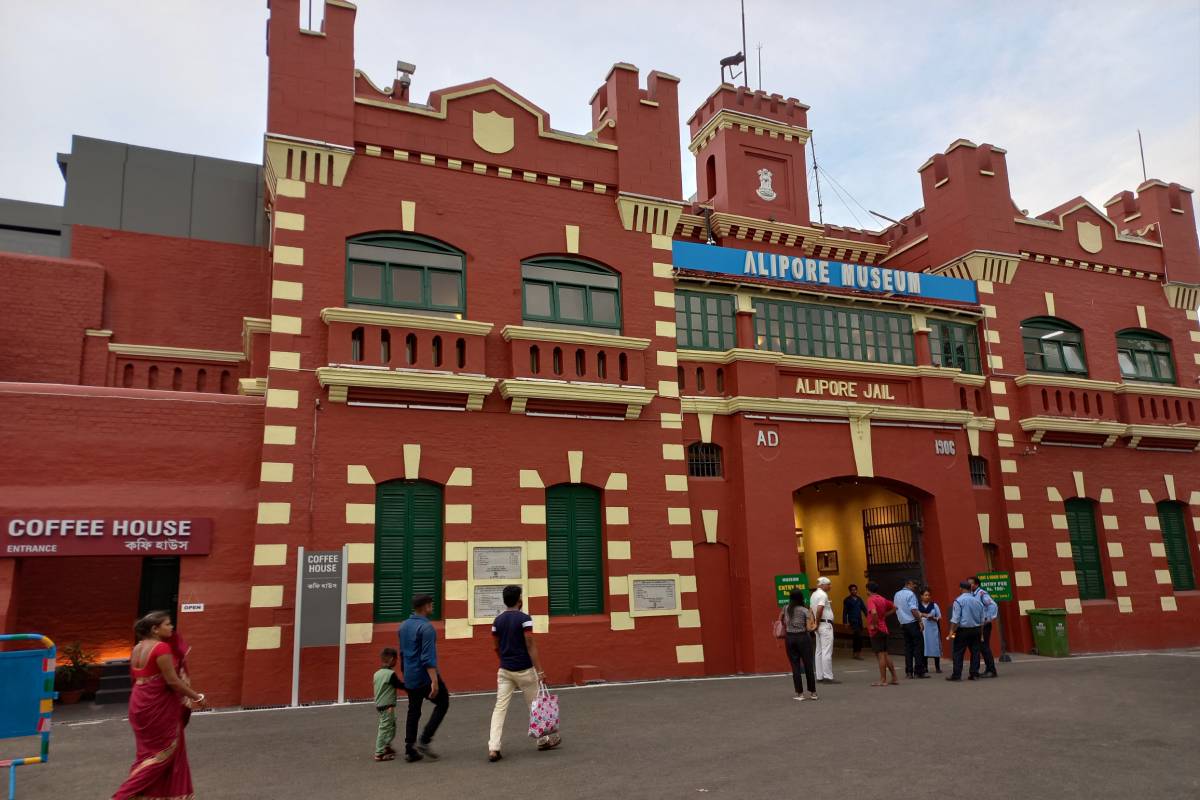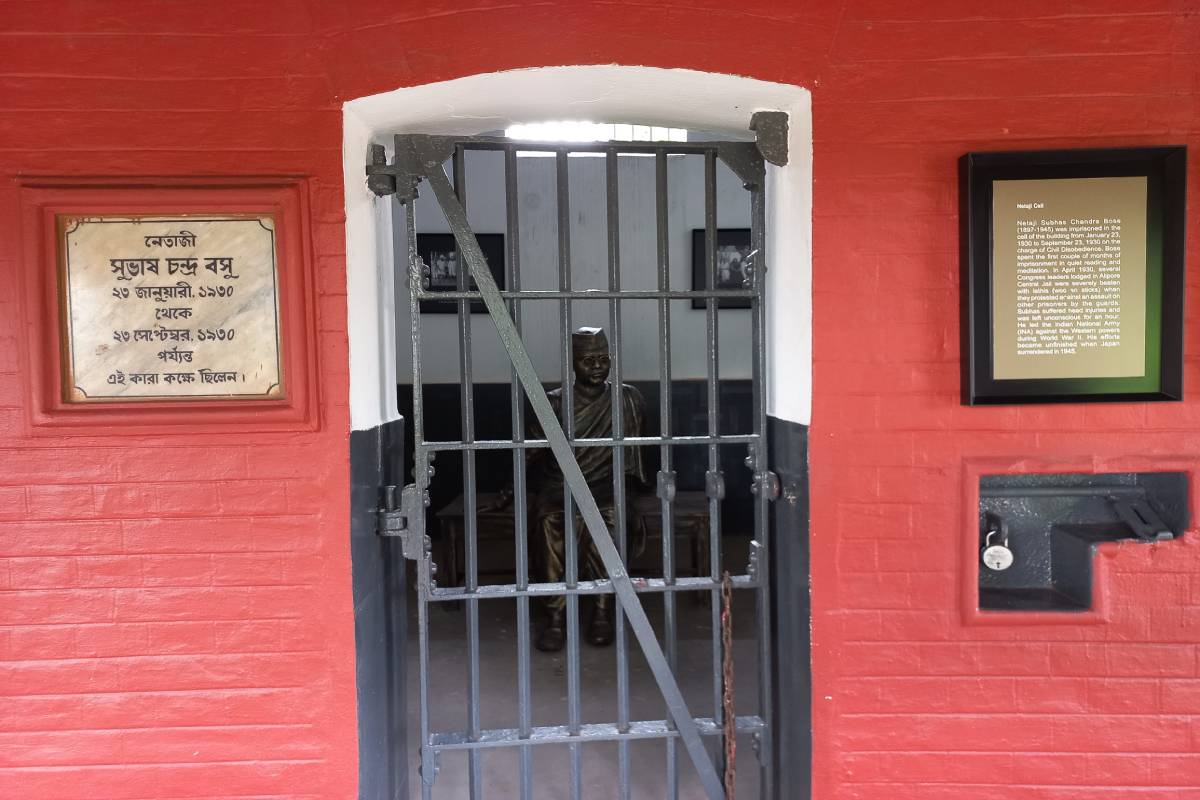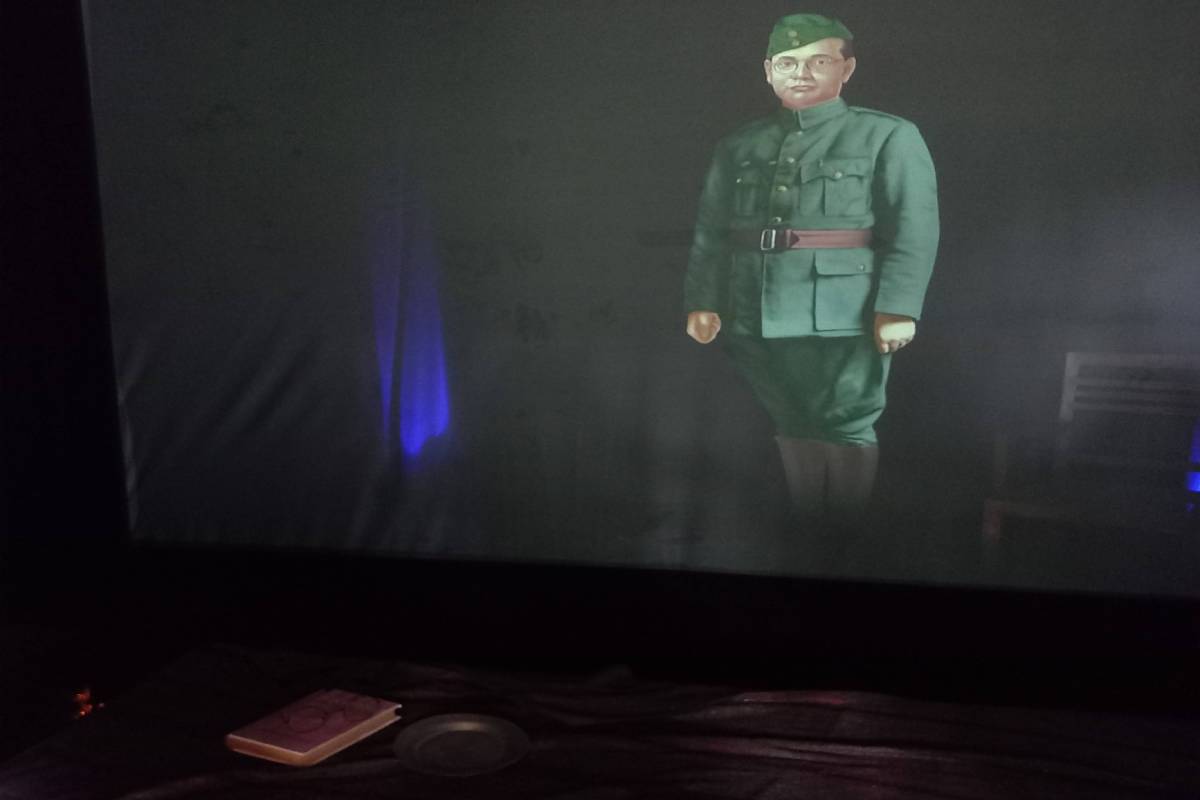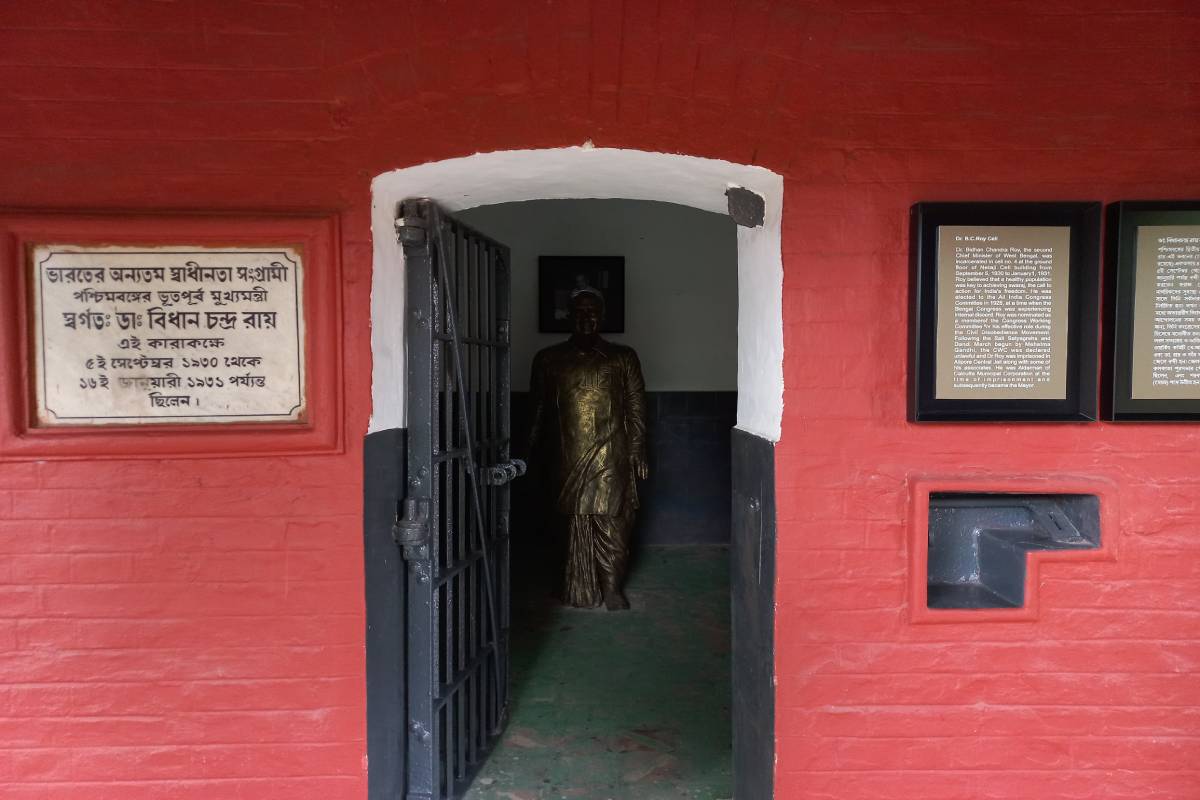Nehru thought Indians were lazy, didn’t have brains: PM Modi
Modi quoted a speech by Nehru from the ramparts of the Red Fort to bolster his claim.
The Alipore Central Jail has been converted into a museum to celebrate the country’s 75 years of independence.

Alipore Jail Museum: The Special Cells
116 years old records have been kept for the public in the restored buildings of Alipore Jail. The work is executed by West Bengal Housing Infrastructure Development Corporation (WBHIDCO) and Architect Partha Ranjan Das has led the conservation work. Famous national personalities like Jawaharlal Nehru, Netaji Subhas Chandra Bose, Rishi Aurobindo and Bidhan Chandra Roy were arrested and confined in this jail. The prison has been converted into a museum to celebrate the country’s 75 years of independence. The museum tells the inspiring stories of the Indian freedom fighters. The national historical landmark, located in the heart of Kolkata, was inaugurated by Bengal Chief Minister Mamata Banerjee on September 21. From September 23, it has been open to the public.

Special Cells: The Special Cells include – Netaji Cell, Nehru Cell, Chittaranjan Das Cell, Bidhan Chandra Roy Cell, and Jatindra Mohan Sengupta Cell. There are statues of Netaji, Nehru, Chittaranjan Das and Bidhan Chandra Roy in and around their respective cells.
Advertisement

Nehru Cell:

The first prime minister of India, Jawaharlal Nehru, was incarcerated in the cell for 80 days (February 17 – May 7, 1934) by the British Government for participating in the Civil Disobedience Movement. The living conditions were spartan in the cell with a small window and bare necessities, like lantern, pen, paper, and basic bed linen.
Nehru’s daughter, Indira visited him here every fortnight and was allotted twenty minutes of meeting time. The father-daughter duo would sit under the tree on the courtyard outside his cell.

In the museum, there is a separate building containing Nehru’s cell. Inside the cell is his statue and of his daughter, sitting under a big tree in front of his cell.
Netaji Cell:

Netaji Subhas Chandra Bose was imprisoned in a cell in the Alipore prison from January 23 – September 23, 1930 for his participation in the Civil Disobedience Movement. The first couple of months of his imprisonment were spent in reading and meditating. In April 1930, several Congress leaders, arrested in Alipore Central Jail, were severely beaten when they protested against an assault on other prisoners by the guards. Netaji was among them. He suffered head injury and was unconscious for an hour.

His cell contains his statue in sitting posture. The cell next to his contains his animated picture, with his speech playing in the background. There is a bed, a book, a plate and his glasses, in the cell.
Dr. B.C. Roy Cell:

Dr. Bidhan Chandra Roy, the Second Chief minister of West Bengal was incarcerated in the 4th cell (ground floor) of the building where Netaji was kept. He was there from September 5, 1930 to January 1, 1931. Following the Salt Satyagraha and Dandi March, called by Mahatma Gandhi, the Congress Working Committee was declared unlawful by the British. Dr. Roy, who was nominated as a member of the CWC was imprisoned in Alipore Central Jail along with some of his associates.
His cell in the museum contains his statue.
Deshbandhu Cell:

Deshbandhu Chittaranjan Das, the first Mayor of Calcutta Municipal Corporation, was confined in the 8th cell (first floor) of the special cell building in 1921 as he participated in the Non-cooperation Movement against the British Government. After the withdrawal of the movement, Das became the president of Indian National Congress and presided over the Gaya Congress (1922). On January 1, 1923, he established a new party, Swarajya Dal with Motilal Nehru, while all the important leaders were in jail. His main aim was Swaraj (self-rule) for India. He played a crucial role in getting Aurobindo Ghose and others involved in the Alipore Bomb Case.

In the Alipore Jail Museum, there’s a statue of him outside (in front of) his cell.
Deshapriya Cell:

Deshapriya Jatindra Mohan Sengupta was locked in the 6th cell (first floor) of the special building in April 1930 and again from October 22, 1932 to June 5, 1933. In 1930, at a public meeting in Rangoon, he was arrested on charges of provoking people against the Government and opposing the India-Burma separation. He was repeatedly transferred to other prisons and prison life took a toll on his health. He died in July 1933 in Ranchi prison.
The museum opens at 12 noon and closes at 6 pm everyday, except Monday.
Advertisement